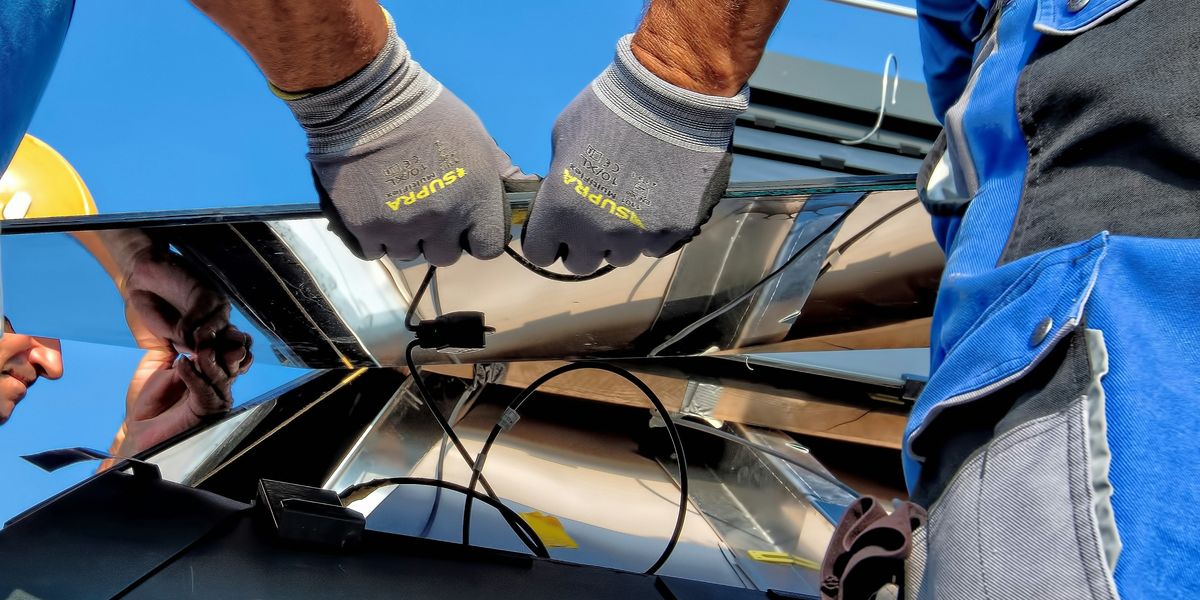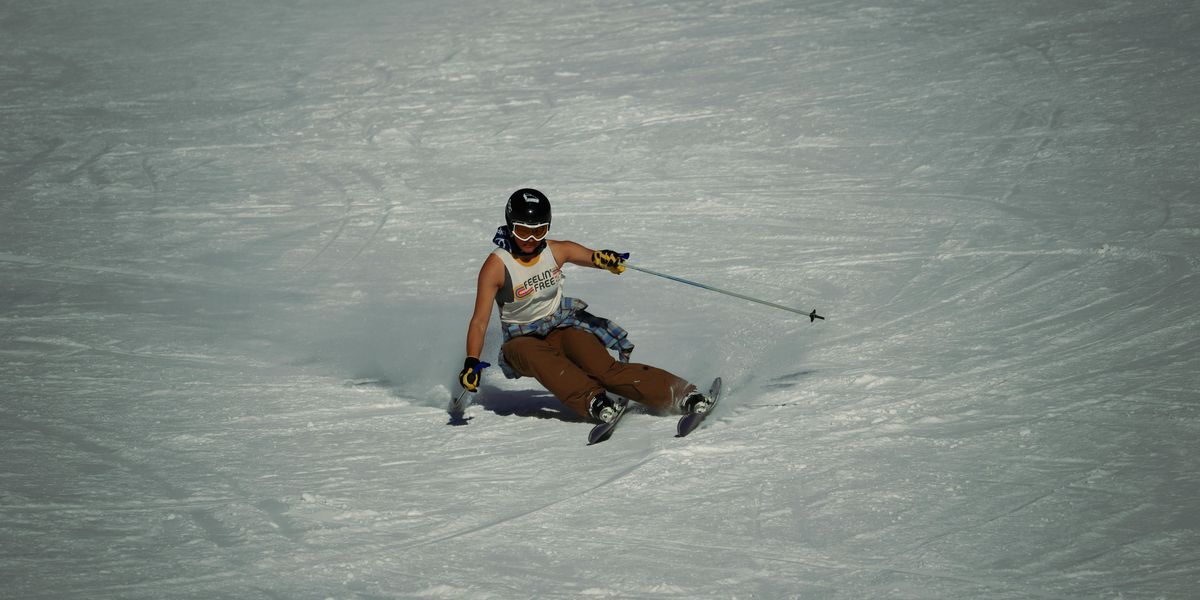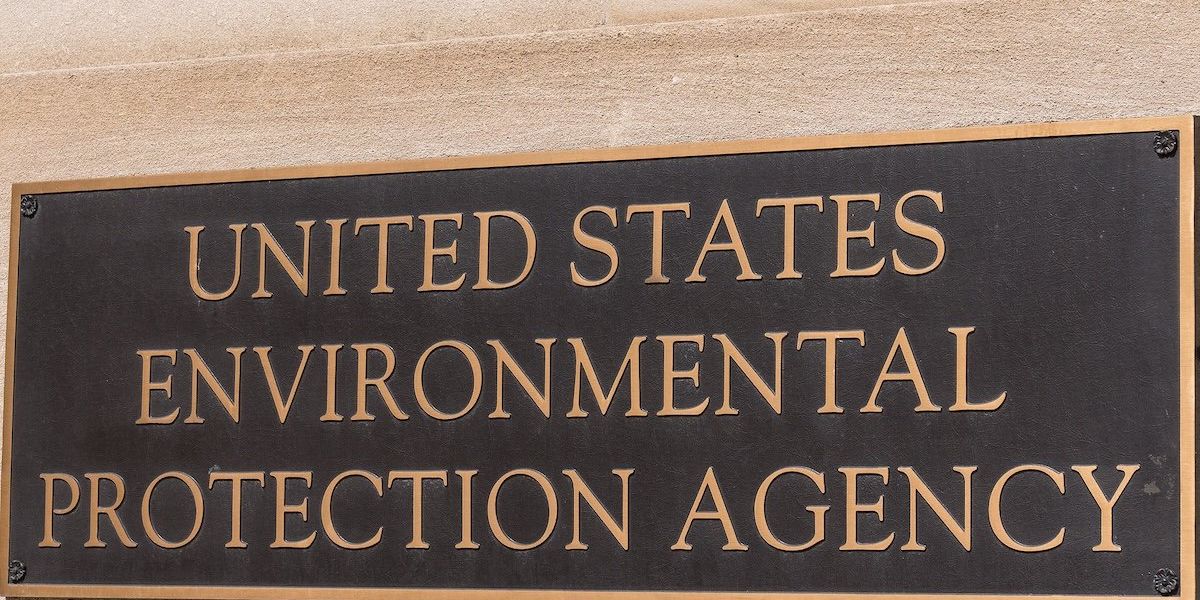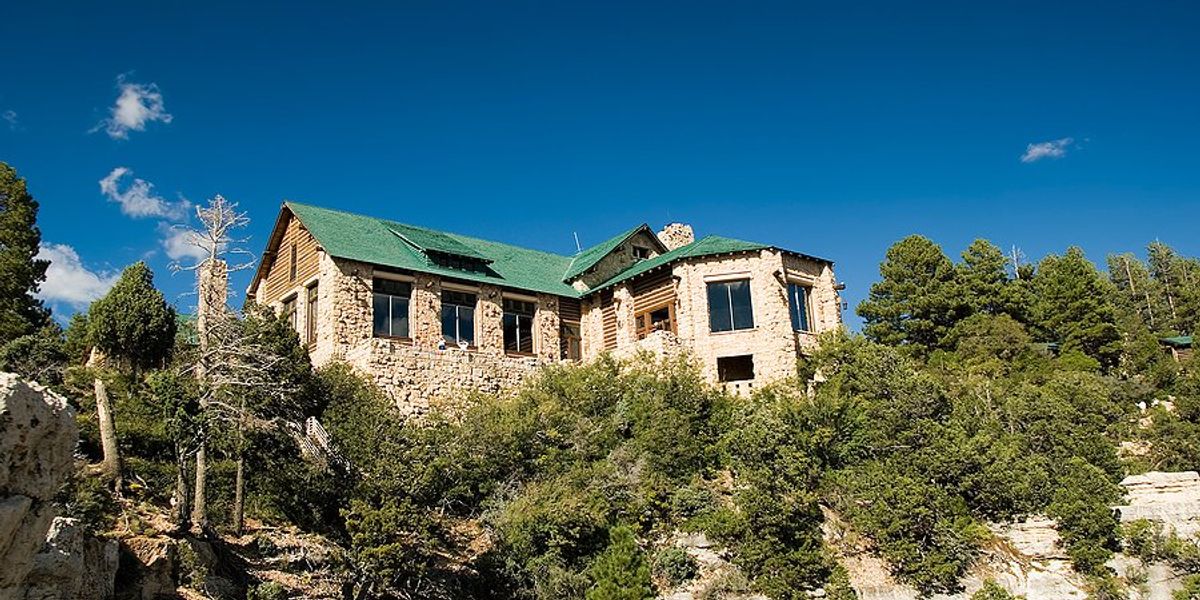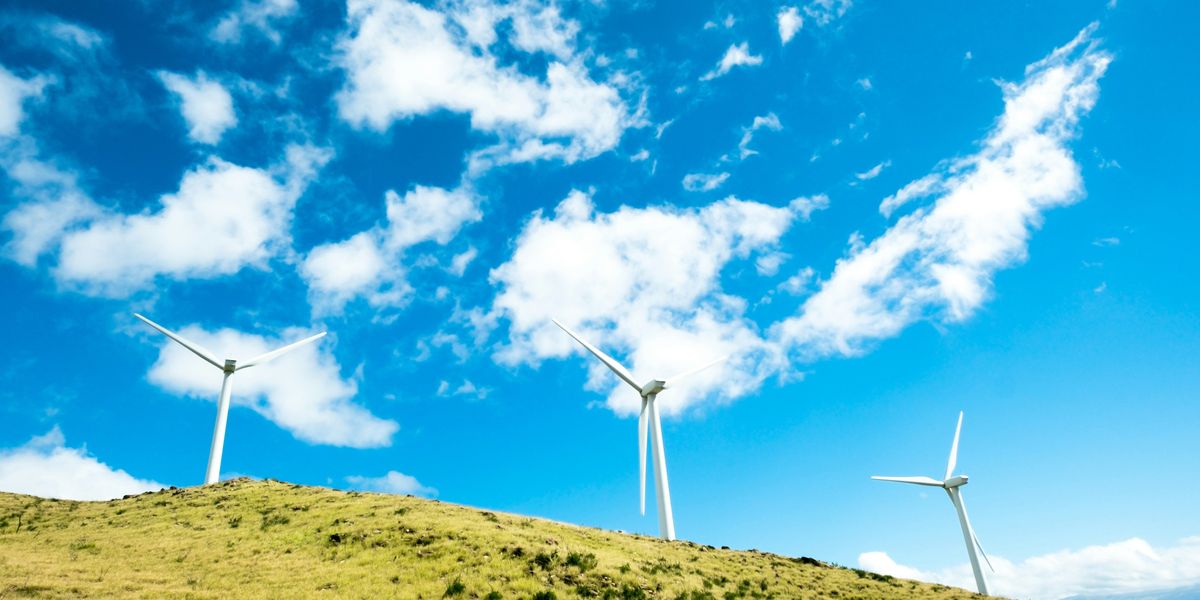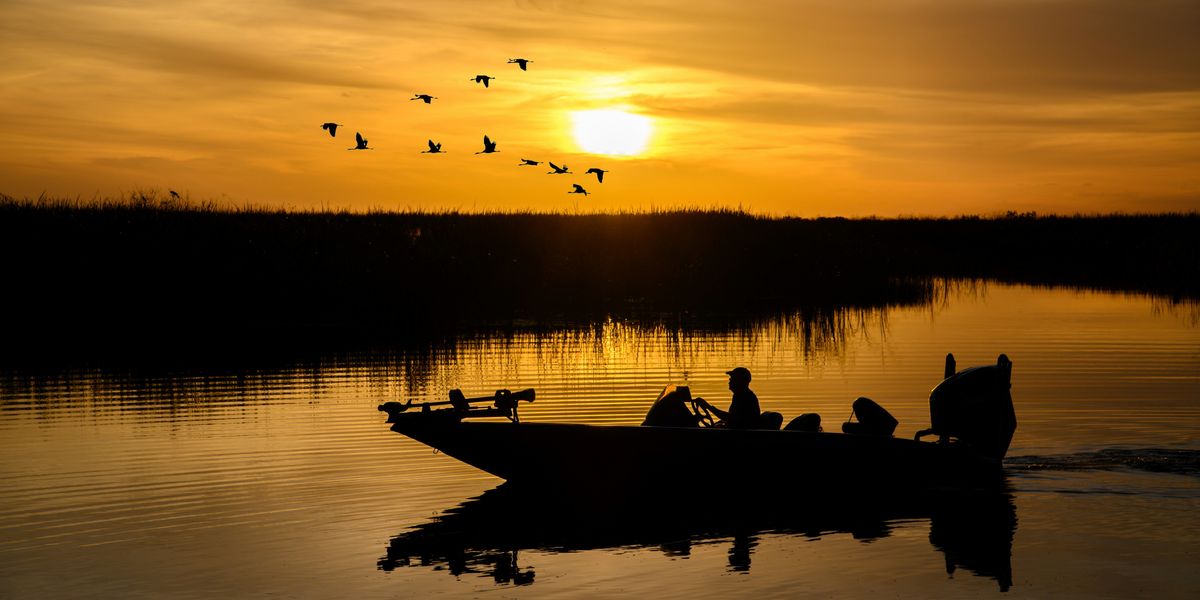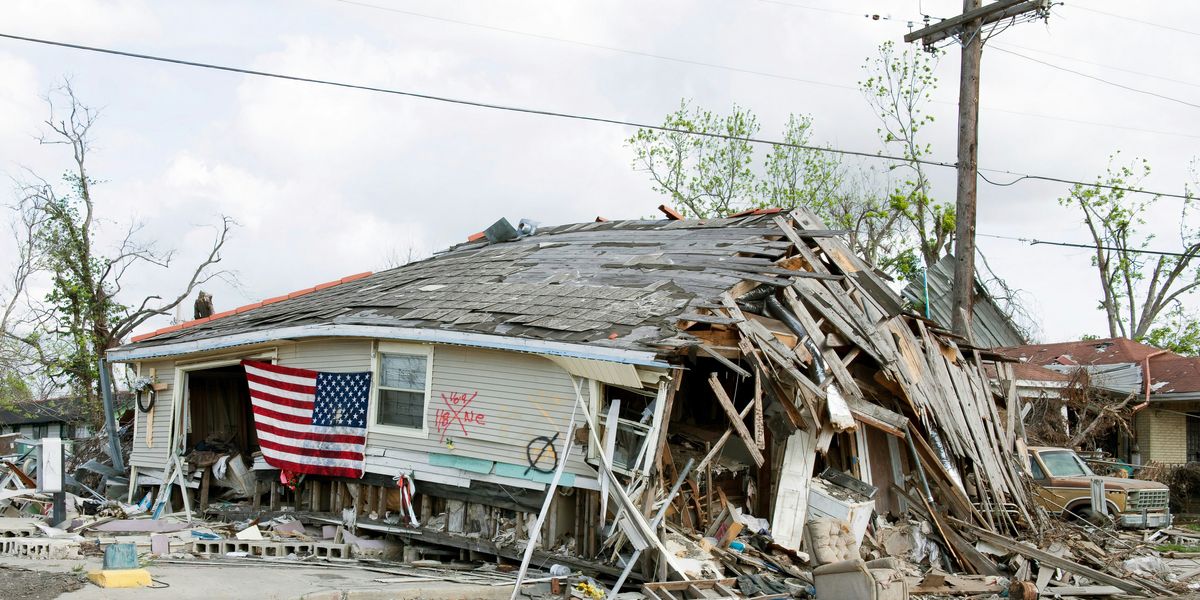greening
Climate change leads to unexpected greening in drylands
Increased CO2 levels are causing vegetation growth in drylands despite predictions of widespread desertification.
In short:
- Rising CO2 levels are enhancing photosynthesis, helping plants in arid regions use water more efficiently.
- This "CO2 fertilization effect" is leading to increased vegetation in drylands, including areas in Africa, Australia, and India.
- However, this greening may deplete scarce water supplies and disrupt local ecosystems.
Key quote:
“Greening is happening in most of the drylands globally, despite increasing aridity.”
— Jason Evans, water-cycle researcher at the Climate Change Research Centre of the University of New South Wales in Sydney, Australia
Why this matters:
While this greening effect may seem beneficial, it's crucial to understand the broader implications. Enhanced vegetation can temporarily stabilize soils, reducing dust storms and providing habitat for wildlife. However, this could be a double-edged sword. The types of plants thriving may not be the native species but rather opportunistic, invasive plants that could alter the local biodiversity and disrupt existing ecosystems.
Arctic trees multiply as sea ice retreats, signaling an environmental shift
In the Arctic, the expansion of white spruce is accelerating due to increased snowfall linked to sea ice loss, presenting new climate challenges.
In short:
- White spruce trees are encroaching on Alaskan tundra previously too harsh for their growth, exacerbated by the Arctic warming rate which is significantly higher than the global average.
- This 'Arctic greening' alters the local albedo effect, where darker tree areas absorb more sunlight, contributing to permafrost thawing and the potential release of greenhouse gases.
- Research indicates that decreased sea ice leads to more evaporation and snow, which aids young spruce survival, facilitating the northward spread of boreal forests.
Key quote:
"Once it gets to be about waist high, it's going to live. It's the little babies that don't survive."
— Roman Dial, ecologist at Alaska Pacific University
Why this matters:
Increased tree coverage in the Arctic could intensify warming trends and contribute to the escalating release of greenhouse gases from permafrost.
Arctic shorebirds are experiencing climate-related changes as well: The daily rate of eggs stolen from shorebirds' nests in the Arctic is three times higher than it was 70 years ago.
Can hospitals turn into climate change fighting machines?
Phantom forests: Failed planting projects hinder climate goals
Australia’s election sets a heartening precedent on climate change
Maybe in America, too, greening politics seems impossible…until it isn’t.
To fix America's infrastructure, start here
Climate change spurs greening in barren, frozen Arctic
The barren and frozen Arctic region is bearing the brunt of climate change. Shedding its thick ice cover, some regions in the Arctic are witnessing a growth of green cover as warmer temperatures create a conducive environment for foliage to thrive.












